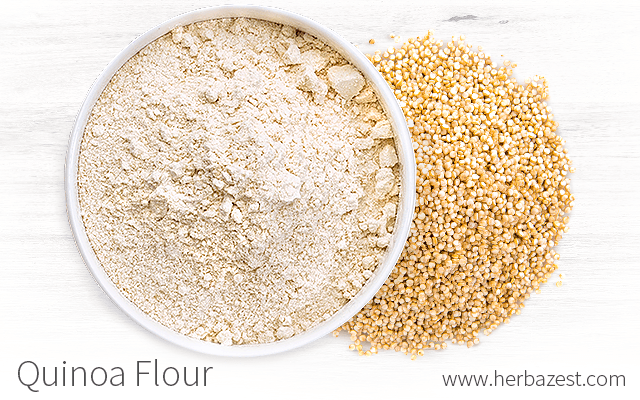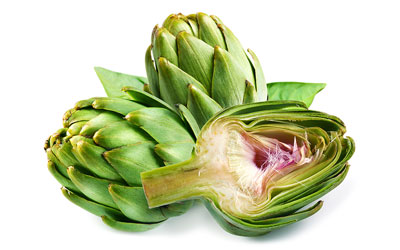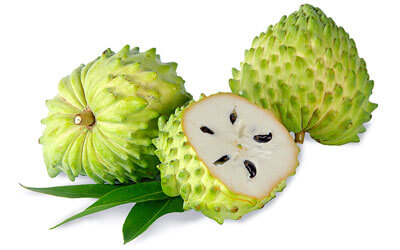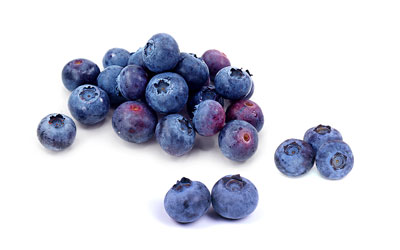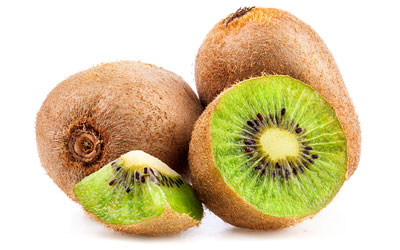Quinoa is an incredibly versatile seed that has been grown in the Andean region of South America for thousands of years. It can be consumed whole, ground, popped, or flaked. From these basic preparations, you can make a plethora of traditional and innovative quinoa recipes. Valued for its versatility and lack of gluten, quinoa flour is a attractive addition to one's pantry.
What Is Quinoa Flour?
Quinoa flour is the result of grinding the quinoa seeds to make them suitable for use in baking recipes and other meals.
It has a mild, nutty flavor, in addition to being gluten-free and rich in key nutrients, including protein and dietary fiber. Quinoa flour is most commonly made from white or red quinoa seeds.
There are many sports and fitness supplements that use quinoa flour as a main ingredient or as a complement to enrich their protein content.
How to Make Quinoa Flour
Making quinoa flour is an easy process that can be easily accomplished at home by following these simple steps:
- Starting with the raw seeds, toast the quinoa in a large skillet, stirring frequently, until it begins to brown a little bit. This is optional, but will help to give the quinoa flour a nice flavor.
- Next, allow the quinoa seeds to cool a little, then transfer them to a spice grinder, high-powered blender, or food processor and process them until a fine powder is obtained.
- Using a fine mesh strainer, sift the quinoa flour over a large bowl to remove any chunks.
- Allow the quinoa flour to cool completely before storing it in a sealed container.
Quinoa Flour Recipes
With respect to quinoa flour recipes, it should be noted that quinoa flour can replace traditional wheat flour to varying degrees. In bread, it can replace between 20 - 40% of the wheat flour. Quinoa flour can also replace 60% wheat flour in sponge cake, 70% in biscuits, and 50 - 100% in other pastries.
Quinoa flour is a great addition to a variety of savory meals, such as these quinoa apple cider pancakes, red quinoa bread with sunflower seeds, or quinoa spinach crepes. It can also be used to make desserts, such as these gluten-free red quinoa madeleines, white chocolate berry blondies, and quinoa pumpkin bread.
Quinoa Flour Nutrition
Quinoa flour contains the same nutrients and health benefits as the whole quinoa seeds, meaning it is an excellent source of protein, dietary fiber, and unsaturated fats, along with vitamins and minerals, including vitamin B9, calcium, and magnesium.
Quinoa is best known for being a source of complete protein since it contains all nine essential amino acids that the body is not able to manufacture on its own.
Also, quinoa flour does not contain gluten; therefore, it can be safely consumed by people with celiac disease, gluten intolerance, and wheat allergy.
QUINOA'S PROTEIN HAS BIOLOGICAL VALUE OF 73% PER 100 GRAMS, HIGHER THAN WHEAT FLOUR, WHICH OFFERS ONLY 49% ABSORBABLE PROTEIN FOR THE SAME SERVING SIZE.1
Where to Buy Quinoa Flour
Nowadays, white quinoa flour is widely available in local supermarkets and online. Red quinoa flour can mainly be purchased online.
Quinoa flour is incredibly easy to make at home, and it's perfect for use in many healthy, gluten-free recipes. Incorporating quinoa flour into your breakfast meals or desserts is an excellent way to increase their nutritional value.
Sources
- Food Reviews International, Nutritional Value and Use of the Andean Crops Quinoa (Chenopodium quinoa) and Kañiwa (Chenopodium pallidicaule), 2003
- Journal of Nutrition and Food Sciences, Quinoa (Chenopodium quinoa Willd), from Nutritional Value to Potential Health Benefits: An Integrative Review, 2016
- FAOSTAT, International Year of Quinoa 2013, Uses of Quinoa | Quinoa in the Kitchen, pp. 21-22
- USDA Nutrient Database, Quinoa, uncooked | Wheat flours, bread, unenriched
Footnotes:
- Journal of Nutrition & Food Sciences. (2016). Quinoa (Chenopodium quinoa Willd), from Nutritional Value to Potential Health Benefits: An Integrative Review. Retrieved October 15, 2021 from https://www.longdom.org/open-access/quinoa-chenopodium-quinoa-willd-from-nutritional-value-to-potential-health-benefits-an-integrative-review-2155-9600-1000497.pdf
